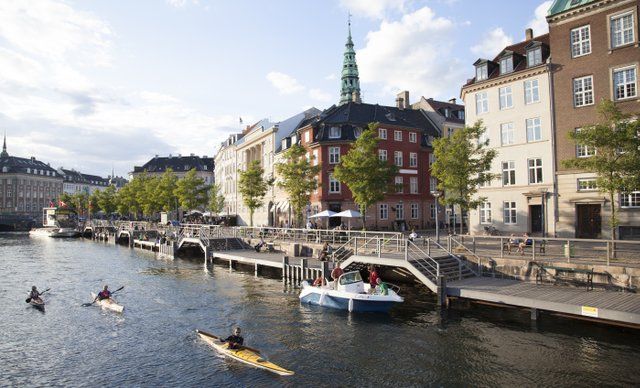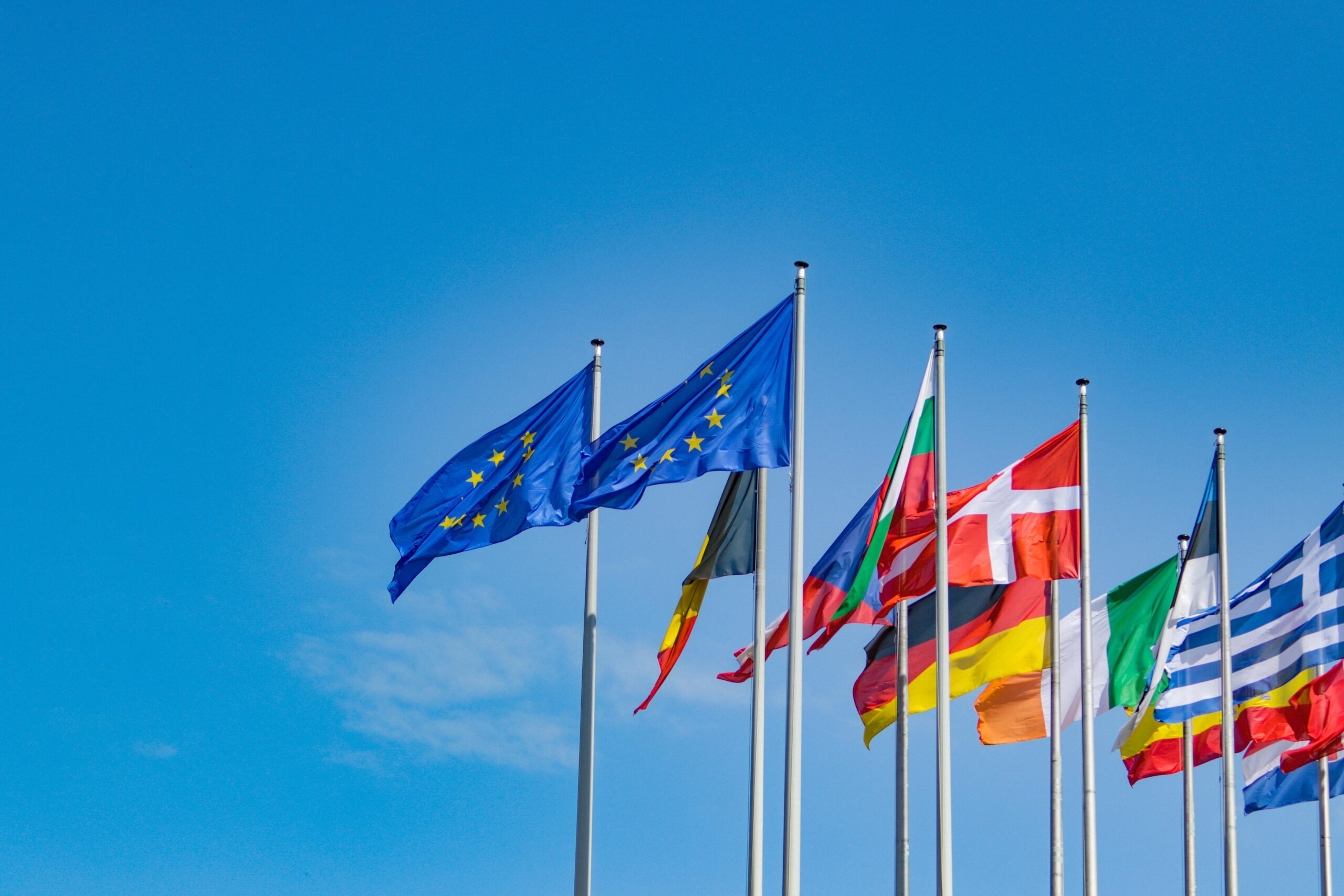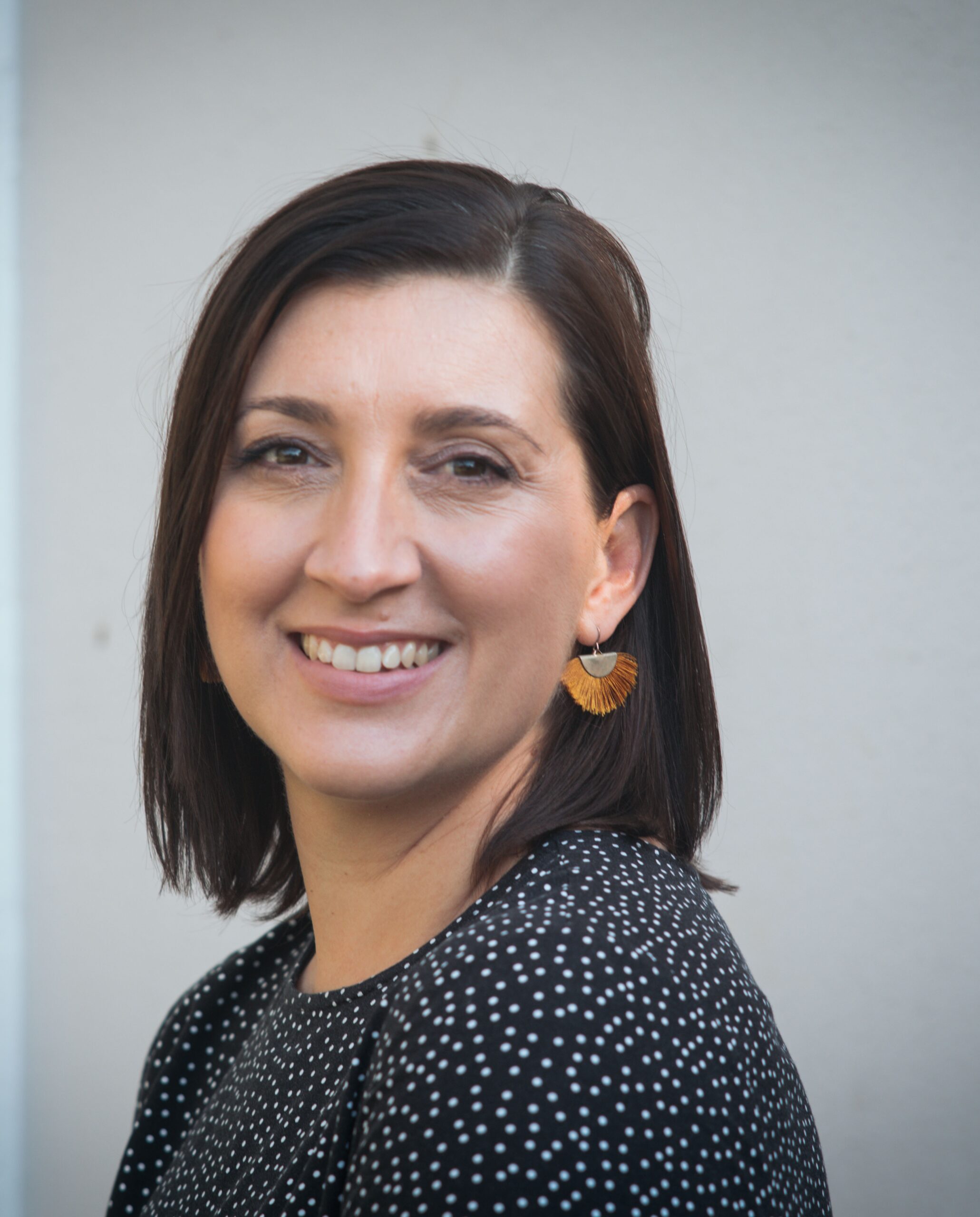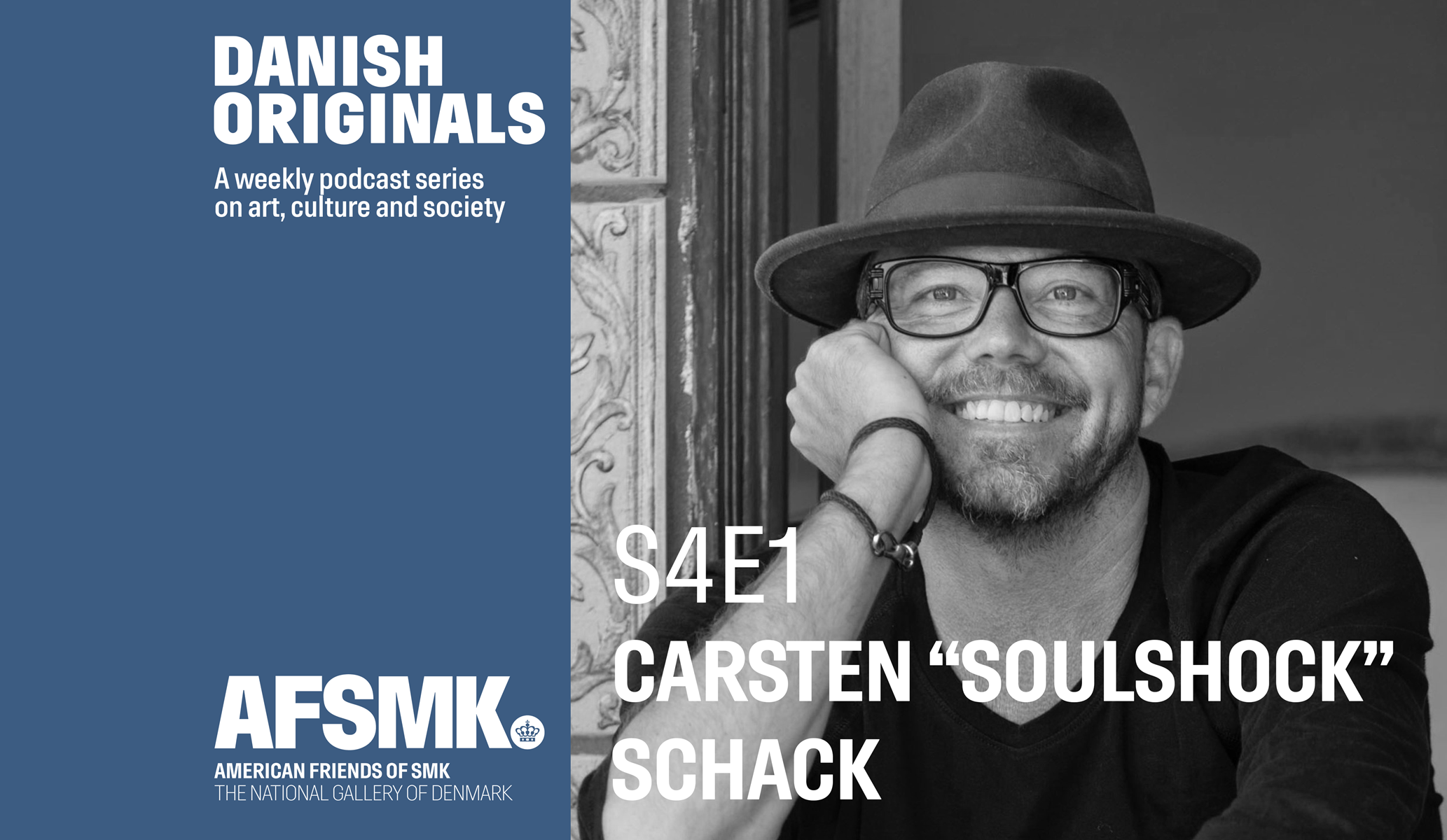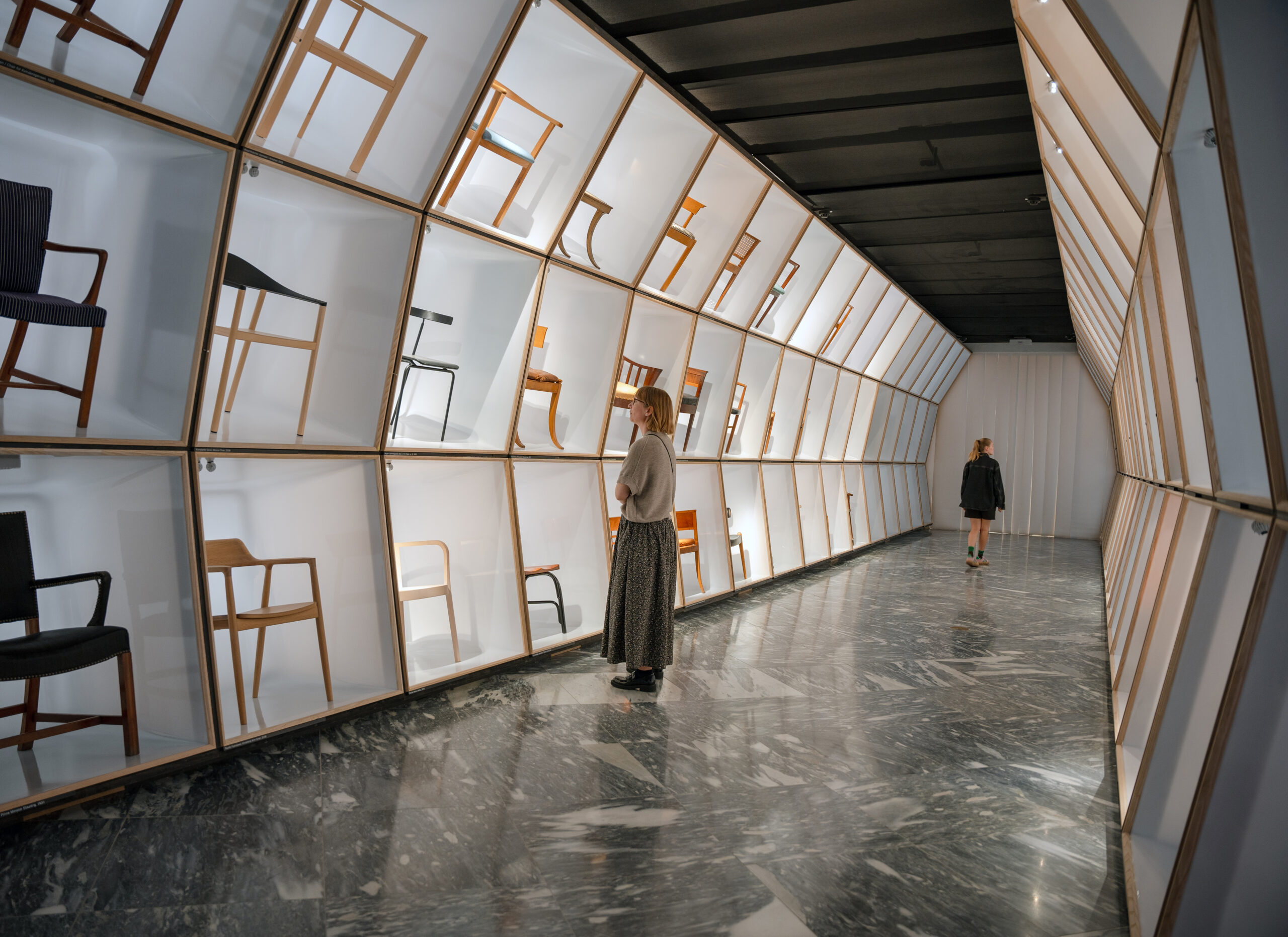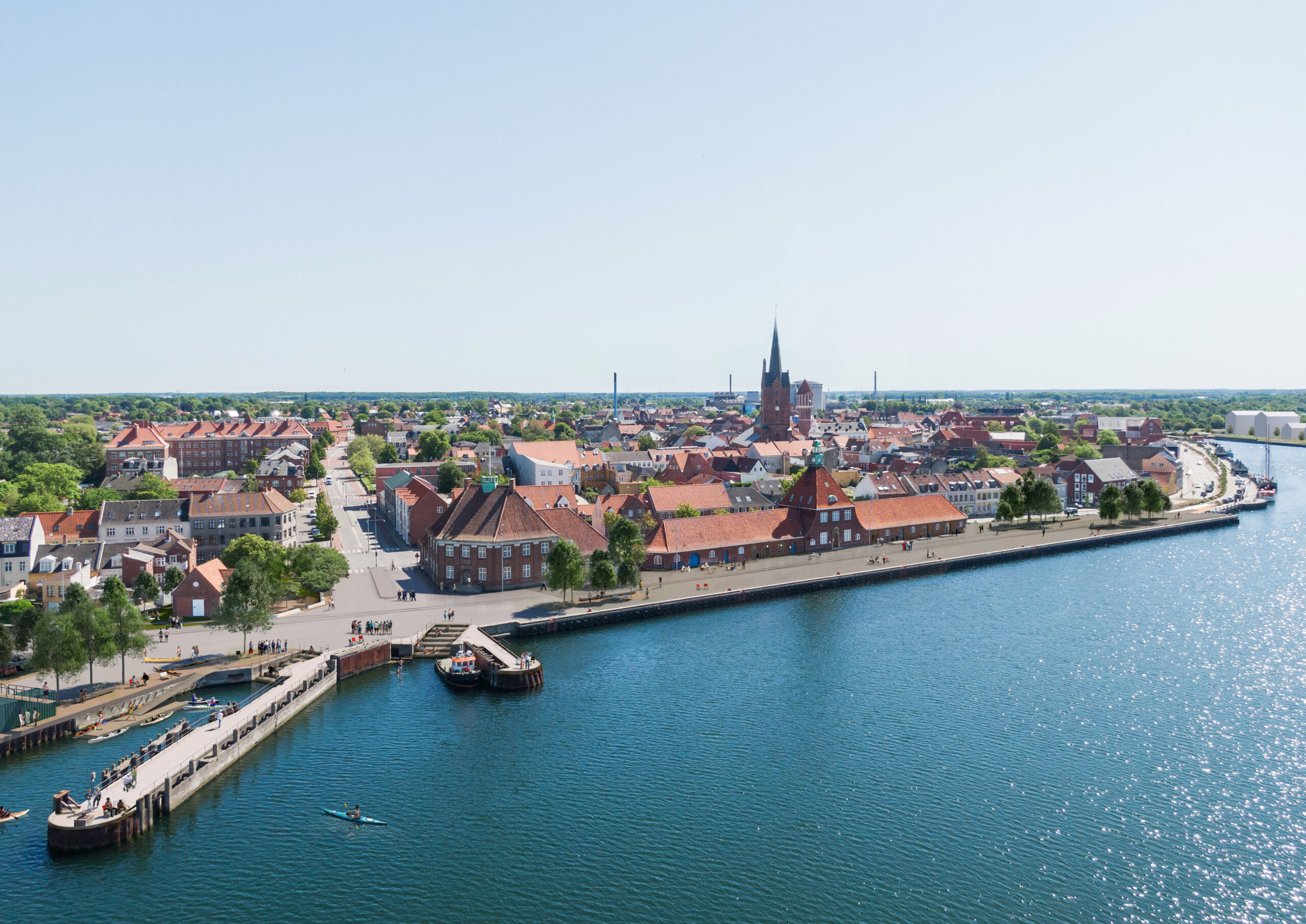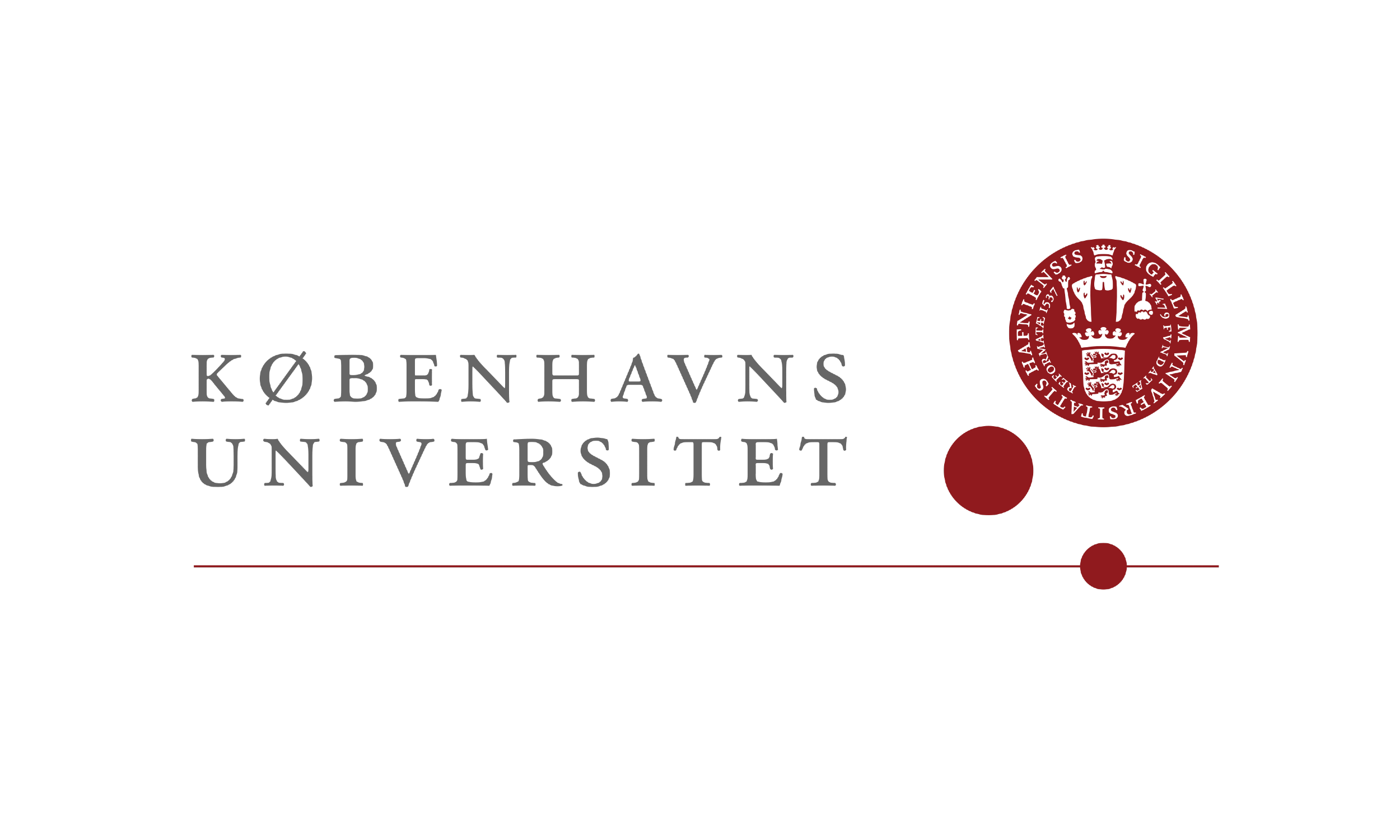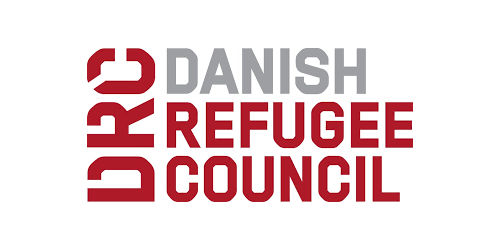Plans by cable TV provider YouSee to change its broadcasting format could force as many as 50,000 of its customers to buy a new television.
The company is planning to switch from the MPEG 2 format to MPEG 4 by April 30 in order to be able to carry more high-definition content. The change means that those who purchased early model digital televisions or receivers equipped with only MPEG2 receivers will be unable to receive YouSee’s signal. Since 2010, virtually all devices can decode the MPEG4 signal.
“We have been reluctant to make this decision because it may force a small number of customers to buy a new TV,” Lars Techen Nielsen, a YouSee spokesperson, told Jyllands-Posten newspaper.
Nielsen said YouSee, which has 1.2 million customers and is the nation’s largest cable company, wanted to upgrade all of its digital broadcasts to high-definition by 2015 and to do so it needed the bandwidth now consumed by broadcasting its programmes in both formats.
The change will affect only those channels that are broadcast digitally. Analogue signals will still able to be seen, even on older model televisions.
An easy way to test whether a set can receive MPEG 4 broadcasts is to tune to DRHD (which becomes DR 3 on January 28). Since the channel is broadcast in the MPEG 4 format only, any set that can receive it will be able to receive YouSee broadcasts when they switch to MPEG 4.
In another sign of the changing television times, the decades-old forced marriage with local antenna associations that many are people required to enter into may now be coming to an end.
The environment minister, Ida Auken, announced she will introduce a bill next month that will put an end to the law requiring people living in certain areas to pay for connection to a common antenna, something that has been a part of municipal planning since the 1970s.
“Of course people should be able to decide which TV provider they want to use without having to pay for a communal antenna,” Auken told Jyllands-Posten newspaper.
There are no official figures on exactly how many households are currently paying to be members of an antenna association. According to official estimates it is between 50,000 and 100,000 households, but a study conducted by members of the consumer electronics industry indicated that 650,000 households were currently locked into what they called “television handcuffs”.
Dansk Energi, the lobby group for the energy industry, has fought against the common antenna requirement for years on behalf of a number of major utility companies that have invested billions in broadband and TV services .
Although the group was happy the change was finally taking place, they were angry the bill calls for a two-year transition period.
Both the European Commission and Konkurrence og Forbrugerstyrelsen, the national consumer watchdog, have pushed for years for the abolishment of the common antenna rules saying they hurt competition and consumers. Broadcasters like Viasat, Canal Digital and Boxer TV all supported that position.
Carsten Karlsen, who heads antenna association group Forenede Danske Antenneanlæg (FDA), said he welcomes the new rules, even if they mean war for some of his association’s members.
“We have no interest in being perceived as a prison by our members,” Karlsen told Jyllands-Posten.

